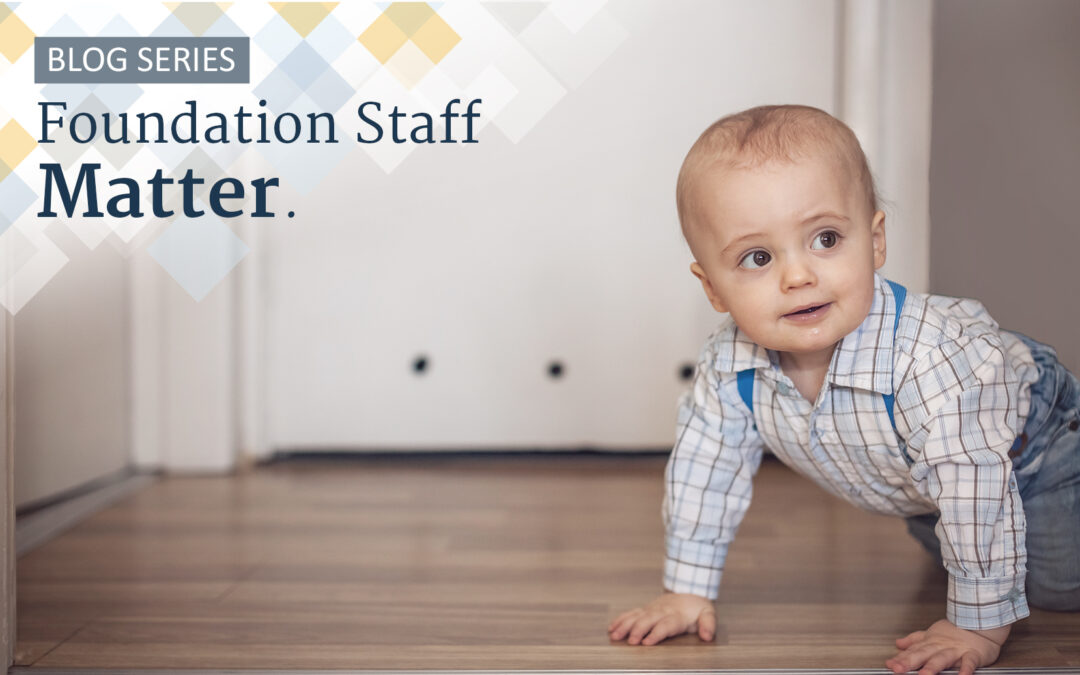A recent Harris Interactive poll suggests that Americans intend to give less in 2010 than in 2009. A combination of high unemployment and economic uncertainty have caused generous people to feel slightly less so. Despite this fact, it is also clear that Americans are giving more in new ways this year than ever before. Five years ago, we didn’t have the option to Tweet for Change, or, through Foursquare, Check-in for Change.1
One young woman who was interviewed about “check-in giving” through the CauseWorld app said, “CauseWorld makes me feel like I’m doing some good in the world every day. I don’t have much money to give to charity these days, like most people, so having a chance to direct money to some really important causes means a lot to me.” Declines in charitable giving have occurred in the past, but never before has that decline been coupled with the rise of so many other quick-hit ways to express generosity.
If the desire to be generous can be assuaged by directing someone else’s money, will we still feel compelled to give? Will we be willing to sacrifice our own money to support the causes we care about? For example, Starbuck’s has tested making charitable contributions as a benefit of checking-in. While this may be an appealing experiment to Starbucks regulars, it should be noted that these $4-latte-lovers are not offering to drop their Starbucks habit in order to direct those funds to charity.
Questions such as these were raised by Malcolm Gladwell’s New Yorker piece as well. Will casual support displace deep commitment? The jury is still out, but I think the potential difference in how nonprofits receive funding from individuals could, over time, be quite important. In aggregate, annual giving—usually defined as contributions from individuals—represents a core, stable funding base for many nonprofits. In fact, annual giving is often the counterweight to time-limited or non-renewable funding from corporations and foundations.
If, over time, nonprofits receive more and more funding from these embedded giving/contribution consolidators, will that negatively affect nonprofits’ cash flow? One recent study by Network for Good suggests the answer is yes. When offered a gift, the question nonprofit leaders often ask is not just “how much?” but “how often?” They all know that a consistent gift of X is almost always more valuable than a one-time gift of X+. So that leads to another question, how can nonprofits convert those casual givers to become regular givers?
In order to help nonprofits do this, foundations need to support the development of fundraising practices that help nonprofits engage with these new giving vehicles. Nonprofits shouldn’t simply be passive recipients of grants from social media philanthropic aggregators, they should be active participants. But as Beth Kanter regularly points out in her blog posts, an effective nonprofit social media fundraising strategy requires thought and time (and funders, that means money).
Nonprofits will need to learn how the ease of transaction (“Press # now on your cell phone to give a dollar to Haiti relief efforts”) can be maintained without nonprofits having to cede the entire relationship to a charity portal. In his recent Harvard Business Review post, Dan Pallota also points out the importance of foundations placing strategic emphasis on their grantees’ fundraising capacity. While I am a strong advocate of general operating support, I think that foundations should go further to engage with grantees about fund development and adapting to the changing technological landscape.
Those of us who fund nonprofits can often be heard criticizing the lack of strategy and financial planning among nonprofits. But if embedded giving allows people to express support for many groups, will that lessen people’s allegiance to specific groups? Maybe funders should be putting more thought, research, and money into helping nonprofits creatively respond to these new fundraising challenges and amazing opportunities.
Crystal Hayling is Former President and CEO of the Blue Shield of California Foundation and a member of the CEP Board of Directors. Crystal will be contributing more posts to the CEP Blog in the new year.
- Geo-location sites like Foursquare and Gowalla are game-like mobile phone applications that invite people to “check-in” when they have arrived somewhere and give a quick status update, similar to Facebook. On most sites, people gain points or credits the more often they check-in. Companies are beginning to offer coupons or time limited deals when people check-in. Causeworld is a similar site which gives people points they can use like frequent flyer miles to make donations to charities. ↩︎


